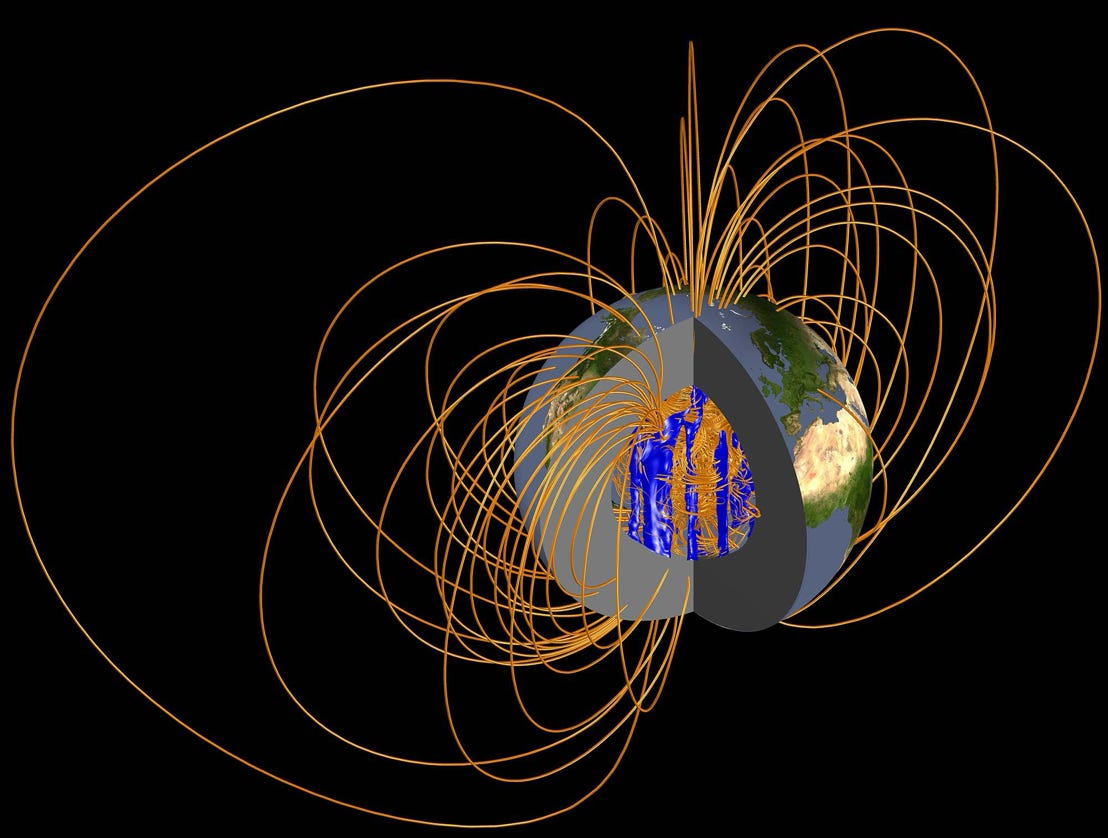07/06/2023
In a new paper published in Geophysical Journal International, I present the first numerical geodynamo simulations that operate at the physical conditions of Earth’s core. Such simulations have been enabled by terminating the exploration of the theoretical parameter space ‘path’ that we designed in 2017. Here the simulations are furthermore constrained with the available geomagnetic data from the past 180 years by a data assimilation approach. This results in model trajectories that are both morphologically and dynamically relevant, and reproduce the details of observed geomagnetic variations over time scales of years to centuries. An interesting perspective of this work is the possibility to extract significantly more geophysical information on the structure and history of the Earth from the geomagnetic signal than was previously possible.
